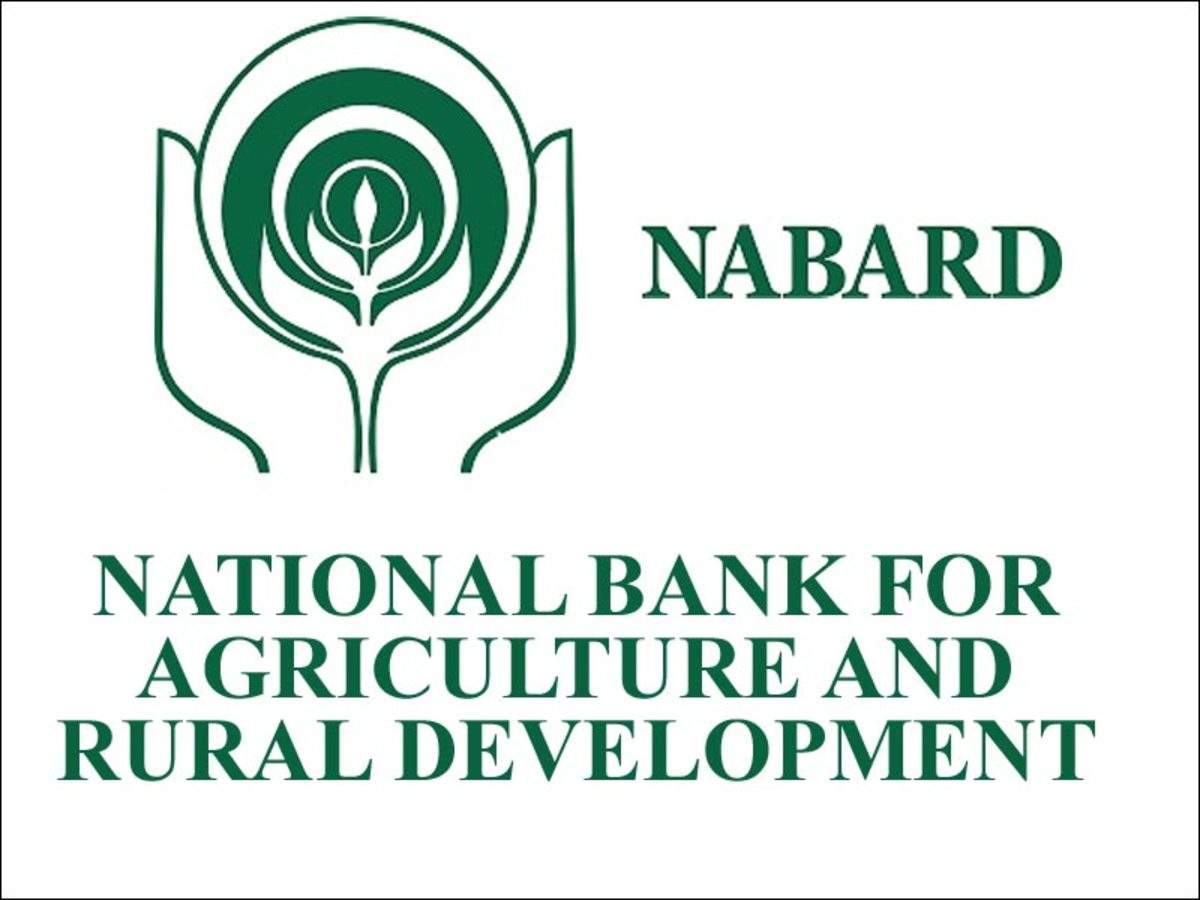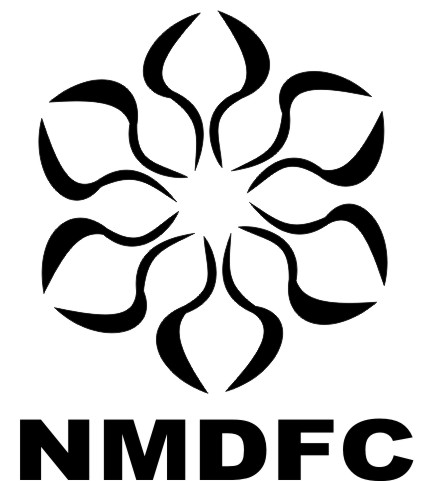RBI Extends Rs 50,000 Crore Refinance Facilities to NABARD, SIDBI, and NHB: A Boost for SMEs and Housing Sector
Introduction
NABARD SIDBI Schemes In a significant move to bolster the Indian economy and address the financial challenges posed by the COVID-19 pandemic, the Reserve Bank of India (RBI) Governor, Shaktikanta Das, recently announced a game-changing decision. The central bank has allocated a substantial refinance facility of Rs. 50,000 crores to specialized lending institutions: the National Bank for Agriculture and Rural Development (NABARD), Small Industries Development Bank of India (SIDBI), and the National Housing Bank (NHB). This move is aimed at ensuring these institutions can meet the credit needs of specific sectors, particularly small and medium-sized enterprises (SMEs) and the housing sector, at a time when they face difficulties in raising resources from the market. In this article, we will delve into the significance and potential impacts of this unprecedented decision.
The Pandemic’s Impact on Financial Institutions – NABARD SIDBI Schemes
The COVID-19 pandemic triggered unprecedented challenges across various sectors of the Indian economy. Businesses faced disruptions, unemployment surged, and economic growth slowed down. To mitigate the economic fallout, financial institutions played a pivotal role by extending loans and credit facilities to distressed sectors, particularly SMEs and the housing market. However, the pandemic also imposed severe constraints on these lending institutions.
Tightening of financial conditions emerged as a significant issue. Traditional avenues for resource mobilization, such as raising funds from the market, became increasingly challenging due to heightened economic uncertainties. In this context, the RBI’s decision to provide specialized refinance facilities to NABARD, SIDBI, and NHB signifies a strategic move to address these issues.
Boosting Lending to SMEs – NABARD SIDBI Schemes
Small and medium-sized enterprises (SMEs) are the backbone of the Indian economy. They contribute significantly to employment generation, economic growth, and innovation. However, SMEs were severely impacted by the pandemic, facing liquidity constraints and reduced access to credit. The refinance facility of Rs. 50,000 crores will enable NABARD and SIDBI to extend much-needed financial support to these struggling enterprises.
NABARD: NABARD plays a crucial role in providing credit to the agriculture and rural sectors. The allocated refinance facility will allow NABARD to further enhance its support to farmers, rural businesses, and agribusinesses. This, in turn, can help boost agricultural productivity and stimulate economic growth in rural India.
SIDBI: As the apex financial institution for micro, small, and medium-sized enterprises (MSMEs), SIDBI plays a vital role in fostering entrepreneurship and supporting the growth of these enterprises. The refinancing facility will enable SIDBI to offer loans and credit support to MSMEs, helping them recover from the pandemic-induced setbacks and contribute to economic revival.
Revitalizing the Housing Sector – NABARD SIDBI Schemes
The housing sector is another crucial segment of the Indian economy that has faced challenges during the pandemic. The National Housing Bank (NHB), as the principal regulator of housing finance companies, plays a pivotal role in promoting affordable housing and ensuring the stability of the housing market. The refinance facility allocated to NHB will have several positive impacts on the housing sector:
Affordable Housing: The NHB can utilize the refinance facility to provide financial institutions with the liquidity required to support affordable housing initiatives. This will help in achieving the government’s goal of “Housing for All” by 2022.
Liquidity Boost: The housing finance companies can access funds more easily and at a lower cost through the NHB. This increased liquidity will translate into lower interest rates for borrowers, making homeownership more accessible to a broader population.
Market Stability: By supporting the NHB, the RBI is also ensuring the stability of the housing finance market, which is vital for overall financial stability.
Economic Stimulus Amidst Pandemic Challenges
The ongoing COVID-19 pandemic created an unprecedented economic challenge globally. India was no exception, with businesses and individuals struggling to cope with the adverse economic effects. The allocation of a substantial refinance facility by the RBI demonstrates its commitment to acting as a stabilizing force during such crises.
Role of Specialized Lending Institutions
NABARD, SIDBI, and NHB are specialized institutions that cater to critical sectors of the Indian economy. Each of these institutions serves a unique purpose:
NABARD: It primarily focuses on agriculture and rural development. By allocating a portion of the refinance facility to NABARD, the RBI recognizes the importance of revitalizing rural and agrarian economies, which form the backbone of India’s economic structure.
SIDBI: As the apex financial institution for MSMEs, SIDBI plays a pivotal role in fostering entrepreneurship, promoting innovation, and driving economic growth. The refinance facility to SIDBI will empower MSMEs, enabling them to recover and thrive.
NHB: NHB ensures the stability of the housing finance market. Housing is not only a critical sector for economic growth but also an essential component of individual wealth and well-being. The support to NHB will facilitate affordable housing initiatives, making homeownership more accessible to the Indian population.
Facilitating Credit Flow
One of the critical functions of these specialized institutions is to ensure the smooth flow of credit to their respective sectors. During economic crises like the pandemic, traditional sources of financing often dry up, leading to credit constraints. The refinance facility acts as a financial lifeline, allowing these institutions to continue disbursing loans and credit, thus preventing a credit crunch in critical sectors.
Spurring Economic Growth – NABARD SIDBI Schemes
The allocation of funds to NABARD, SIDBI, and NHB is not just about addressing immediate challenges but also about spurring long-term economic growth. By providing the necessary financial resources, the RBI is positioning these institutions to be catalysts for economic revival and expansion.
In the agriculture sector, NABARD’s support can boost productivity, reduce rural distress, and enhance farmers’ income, aligning with the government’s vision of doubling farmers’ income.
SIDBI’s focus on MSMEs can create jobs, stimulate innovation, and contribute significantly to India’s GDP growth.
NHB’s efforts to promote affordable housing align with the government’s “Housing for All” initiative, addressing the housing needs of millions of Indians.
Impact on Interest Rates and Borrowers – NABARD SIDBI Schemes
The allocation of the refinance facility is expected to have a direct impact on interest rates. With easier access to lower-cost funds, lending institutions under NABARD, SIDBI, and NHB can offer loans at more competitive rates. This, in turn, benefits borrowers, making loans more affordable and encouraging investments in agriculture, MSMEs, and housing.
Ensuring Financial Stability
Lastly, the RBI’s decision also contributes to financial stability. By supporting specialized institutions that play a crucial role in their respective sectors, the central bank ensures that these sectors remain stable, which is essential for overall economic stability.
Certainly, let’s explore some additional aspects and potential implications of the RBI’s decision to provide a special refinance facility of Rs. 50,000 crores to NABARD, SIDBI, and NHB:
Targeted Sectoral Support
The RBI’s move is a testament to the importance of targeted sectoral support during times of economic stress. Instead of adopting a one-size-fits-all approach, the central bank recognizes that different sectors have unique needs. By channeling funds directly to NABARD, SIDBI, and NHB, the RBI ensures that these institutions can tailor their lending to the specific requirements of agriculture, MSMEs, and housing, respectively.
Strengthening Financial Inclusion
NABARD, SIDBI, and NHB also have a strong focus on financial inclusion. NABARD, for instance, supports rural credit cooperatives and microfinance institutions, enhancing financial access in rural areas. SIDBI has numerous schemes to promote financial inclusion among underserved MSMEs. The refinance facility will empower these institutions to continue expanding their reach, bringing more people and businesses into the formal financial system.
Support for Sustainable Development Goals
The allocation of funds to NABARD aligns with several Sustainable Development Goals (SDGs), including zero hunger, no poverty, and sustainable agriculture. By strengthening NABARD’s capacity to finance agriculture and rural development projects, the RBI indirectly contributes to the achievement of these global goals.
Encouraging Innovation and Technological Adoption
To stay competitive and relevant, MSMEs and agricultural enterprises must adopt modern technologies. The refinance facility can be instrumental in funding innovation and technology adoption in these sectors. SIDBI, for instance, can encourage MSMEs to embrace digital transformation, enhancing their competitiveness in the global market.
Leveraging Private Sector Participation
In addition to lending directly to target sectors, NABARD, SIDBI, and NHB also act as catalysts for private sector participation. They often co-lend or refinance loans provided by commercial banks and other financial institutions. This multiplier effect means that the allocated Rs. 50,000 crores can have a much larger impact on the ground, as it leverages additional resources from the private sector.
Mitigating Financial Stress in the Banking Sector
By supporting specialized lending institutions like NHB, the RBI indirectly helps mitigate financial stress in the banking sector. Housing finance companies, often affiliated with banks, can access these refinance facilities, improving their liquidity and reducing the risks they pose to the broader financial system.
Monitoring and Accountability
The RBI’s decision will likely come with a framework for monitoring and accountability. To ensure that the allocated funds are used effectively and reach their intended beneficiaries, there will be oversight mechanisms in place. This ensures transparency and prevents misuse of the funds.
International Comparisons
The RBI’s decision to provide a special refinance facility is not unique to India. Central banks worldwide have adopted similar measures to support their economies during the pandemic. The move reflects a global understanding of the importance of targeted and timely financial interventions to combat economic challenges.
Long-Term Economic Resilience
While the immediate focus is on addressing the impacts of the pandemic, the long-term implications of this decision are equally crucial. By empowering NABARD, SIDBI, and NHB, the RBI contributes to building economic resilience. These institutions can act as stabilizing forces during future crises, helping the Indian economy recover more swiftly and sustainably.
In conclusion, the RBI’s decision to provide a special refinance facility to NABARD, SIDBI, and NHB goes beyond immediate relief; it is a strategic move to stimulate economic growth, enhance financial inclusion, and ensure sectoral stability. The long-term effects of this decision are poised to shape India’s economic landscape, making it more resilient and responsive to future challenges.




